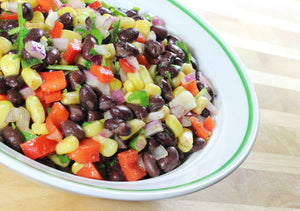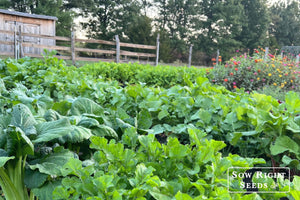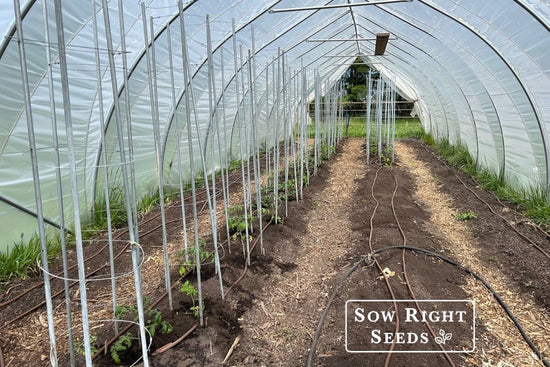Support for Your Plants: A Beginner’s Guide to Trellises
TechniquesDo you use trellises in your garden? At some point, you’ll probably decide that your plants need more support. It might seem like a lot of work, but a trellis is simple to use. There are many attractive and practical options to choose from, and the benefits to your garden are tremendous, too!

What is a Trellis?
A trellis is a garden structure used to support vertical-growing plants. It can be made of any material and is used for all kinds of plants. Trellises can be highly ornamental or utilitarian-focused. Trellises can be permanent or only used for one season. What type of trellis you use depends on the plant and your garden design.

7 Reasons to Use a Garden Trellis
A trellis adds beauty, structure, and height to your garden and gives your vining plants a place to climb.
- Save space: Training your plants to grow vertically allows you to grow more plants in a smaller space.
- Save water: Trellised plants are easier to water. You can simply water at the roots, avoiding waste around a sprawling plant. Your plants won’t get as much dirt splatter when they’re watered.
- Improve airflow: This can reduce disease and allow plants to dry out between waterings.
- Keep plants off the ground: This helps prevent disease and pests like slugs or rabbits from getting to your garden.
- Add some shade: If you have some plants that could benefit from partial shade, training tall vining plants up a trellis or arbor can provide that shielding from the hot summer sun.
- Make harvesting easier: It’s easier to find ripe fruits on trellised plants. You won’t have to bend over and can see what’s ready at a glance.
- Improve production: All of the benefits add up to healthier plants that you harvest more frequently, allowing you to enjoy the fruits of a happy, productive garden.

Choosing a Trellis
Think about where you plan to use your trellis and what plants need trellising.
Do you need something that can withstand the sun and rain?
Will you be using your trellis season after season, or does it just need to last one year?
Plants that bear heavy fruit will need sturdy support. You don’t want your spaghetti squash to topple, so a strong ladder, A-frame, or grid trellis might work well for your space.
Plants like morning glories look beautiful on a lighter structure that adds height and visual interest, like an arch trellis.


How to Use a Trellis
Make sure your trellis is firmly planted in the soil. You want to ensure that the trellis and supports won’t collapse under the weight of the growing plant, or blow over with a rainstorm.
It’s better to secure your trellis before your plants establish deep root systems. Otherwise, you’re going to be working around the plants, and that can be frustrating.
For some vining vegetables like beans and peas, it can be easier to install the trellis first and then plant the seeds.
Some vines send out tendrils that will wrap around the support and grow up on any available surface. These plants make your job easy - all you have to do is gently coax them in the right direction.
Some plants will require tying with twine or fabric every few inches or so to keep them firmly attached to the trellis. You can also weave your plant stems through mesh sections or grids for extra support.
Trellises can be beautiful and highly functional. They are easy to use and worth the extra effort! A suitable trellis will save you effort in the long run and provide you with healthier, more productive plants and a more beautiful garden.
Popular Posts
-

Kansas City Cowboy Caviar: The Best Corn, Cucumber, Bell Pepper Salad!
-

The 15 Best Crops to Plant for a Fall Vegetable Garden






Leave a comment